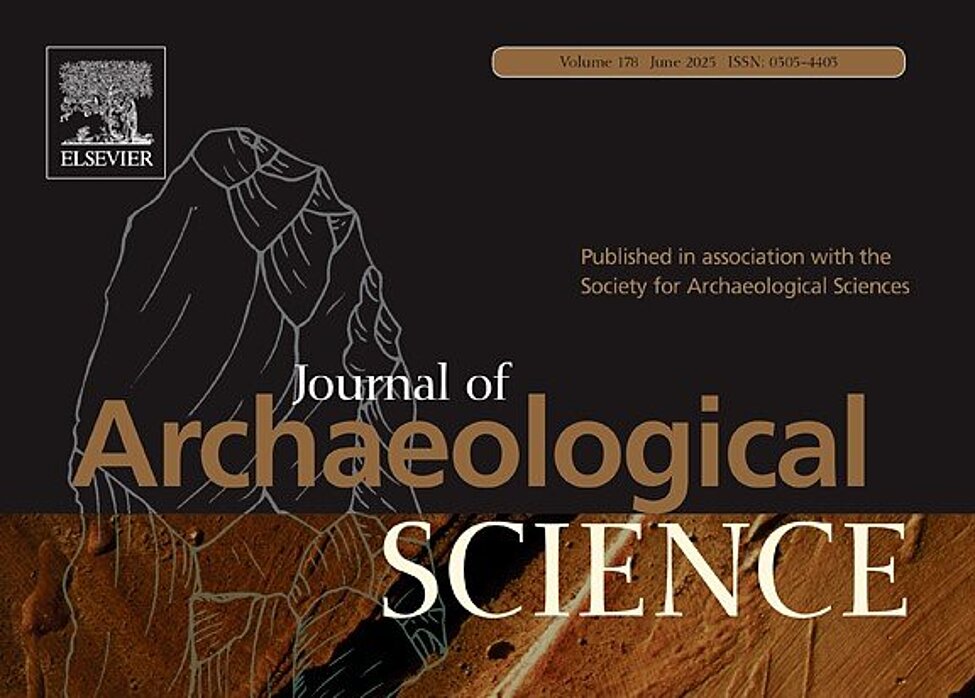By applying the protocol in a case study of selected images of wild bovids from Predynastic and Dynastic Egypt, we provide evidence that the zoogeographic origin of the faunal elements now locally extinct were in the Mediterranean and Sudanian bioregions without the need to invoke also the more distant Somalian and Zambezian bioregions as previously suggested. Such more moderate range shifts may primarily have promoted cultural exchange between Egypt and neighbouring communities in the Levant and Nubia, which is consistent with the archaeological evidence. The study highlights the potential of habitat suitability modelling to contribute to the identification of ambiguous species representations and faunal remains from the past, which in turn can allow testing of hypotheses on a wide range of central archaeological questions pertaining to introduction of animals and indigenous domestication, cultural exchange and trade, as well as human migration and dispersal.
Read the full article here

